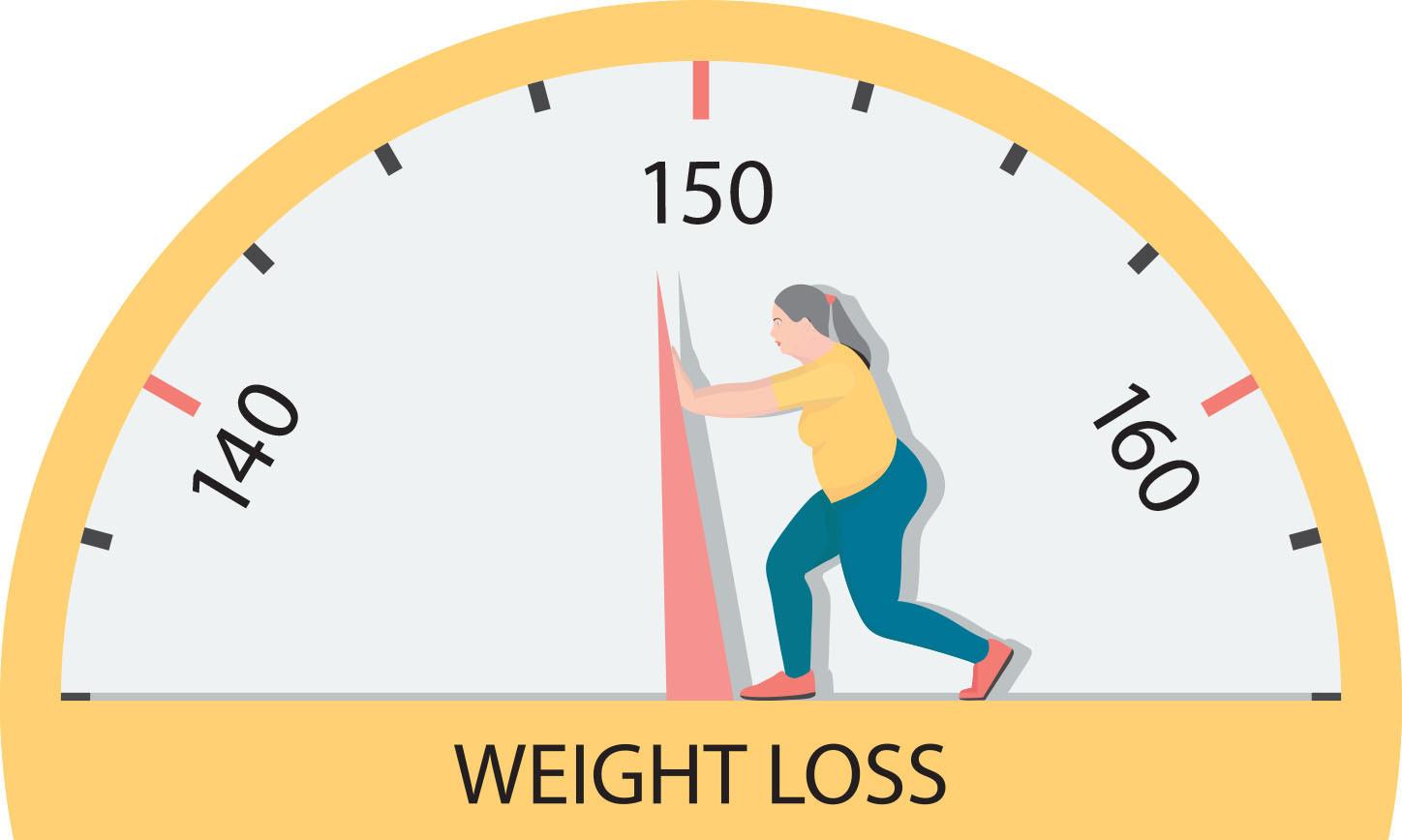
Losing weight is a common goal for many people, but it can be a challenging puzzle to solve. One of the key pieces of this puzzle is portion control. It’s not just about what you eat, but how much you eat that can make a big difference in your weight loss journey. Sizing up your portions is an essential skill to master, but it’s not always easy to know how much is enough. In this article, we’ll explore the portion puzzle and provide some tips and tricks to help you get it right.
1. The Portion Puzzle: Decoding the Mystery of Weight Loss
Are you tired of counting calories and still not seeing the results you want? The portion puzzle may be the missing piece to your weight loss journey. By understanding how much of each food group to eat, you can make smarter choices and still enjoy your favorite foods.
One key to decoding the portion puzzle is to focus on balance. Aim to fill half of your plate with non-starchy vegetables, one quarter with lean protein, and one quarter with complex carbohydrates. Don’t forget to include healthy fats, such as avocado or nuts, in moderation. By following this simple guideline, you can ensure that you are getting all the nutrients your body needs without overeating.
- Fill half of your plate with non-starchy vegetables
- One quarter with lean protein
- One quarter with complex carbohydrates
Another way to decode the portion puzzle is to pay attention to your hunger cues. Stop eating when you are comfortably full, not when your plate is empty. This may take some practice, but it can help you avoid overeating and feeling uncomfortably full. Remember, weight loss is not about depriving yourself of your favorite foods, but rather finding a balance that works for you.

2. The Art of Sizing Up: Understanding the Role of Portion Control in Weight Management
Portion control is the key to maintaining a healthy weight. It is a simple concept that involves eating the right amount of food to meet the body’s energy needs. However, it is not always easy to put into practice. Many people struggle with portion control because they do not know how much food they should be eating or because they have developed bad eating habits over time.
One way to overcome these challenges is to learn the art of sizing up your food. This involves using visual cues to estimate the appropriate portion size for different types of food. For example, a serving of meat should be about the size of a deck of cards, while a serving of vegetables should be about the size of your fist. By learning these visual cues, you can more easily control your portion sizes and make healthier choices.
- Visual cues can help you estimate portion sizes
- A serving of meat should be about the size of a deck of cards
- A serving of vegetables should be about the size of your fist
Another helpful strategy for portion control is to use smaller plates, bowls, and cups. Research has shown that people tend to eat more when they are presented with larger portions, even if they do not need the extra food. By using smaller dishes, you can trick your brain into thinking that you are eating more than you actually are. This can help you feel satisfied with less food and avoid overeating.
- Using smaller plates, bowls, and cups can help you control portion sizes
- People tend to eat more when presented with larger portions
- Using smaller dishes can help you feel satisfied with less food
3. From Plate to Waistline: How Portion Sizes Affect Your Weight Loss Journey
When it comes to weight loss, portion control is one of the most important factors to consider. It’s not just about what you eat, but how much you eat that can make or break your weight loss journey. Here are some ways that portion sizes can affect your weight loss:
- Overeating: Eating too much at once can lead to overconsumption of calories, which can result in weight gain. When you eat more than your body needs, it stores the excess calories as fat.
- Undereating: On the other hand, eating too little can also hinder your weight loss progress. When you don’t eat enough, your body goes into starvation mode and slows down your metabolism, making it harder to burn calories.
- Mindless Eating: Eating without paying attention to portion sizes can also be detrimental to weight loss. It’s easy to consume more calories than you realize when you’re not mindful of how much you’re eating.
To avoid these pitfalls, it’s important to practice portion control. Here are some tips:
- Use smaller plates: This can help you eat smaller portions without feeling like you’re depriving yourself.
- Measure your food: Use measuring cups or a food scale to ensure you’re eating the right amount.
- Pay attention to hunger cues: Eat when you’re hungry and stop when you’re full. Don’t eat just because there’s food in front of you.
By practicing portion control, you can still enjoy the foods you love while achieving your weight loss goals.
As we conclude our exploration of the portion puzzle, it’s clear that weight loss is not a one-size-fits-all solution. The key to success lies in understanding the right portions for your body and lifestyle, and making mindful choices that support your goals. By taking the time to measure and track your food, and experimenting with different portion sizes, you can unlock the power of portion control and achieve sustainable, long-term weight loss. So whether you’re just starting out on your weight loss journey or looking to fine-tune your approach, remember that the portion puzzle is a key piece of the puzzle. With patience, practice, and persistence, you can master the art of portion control and achieve the healthy, balanced life you deserve.



